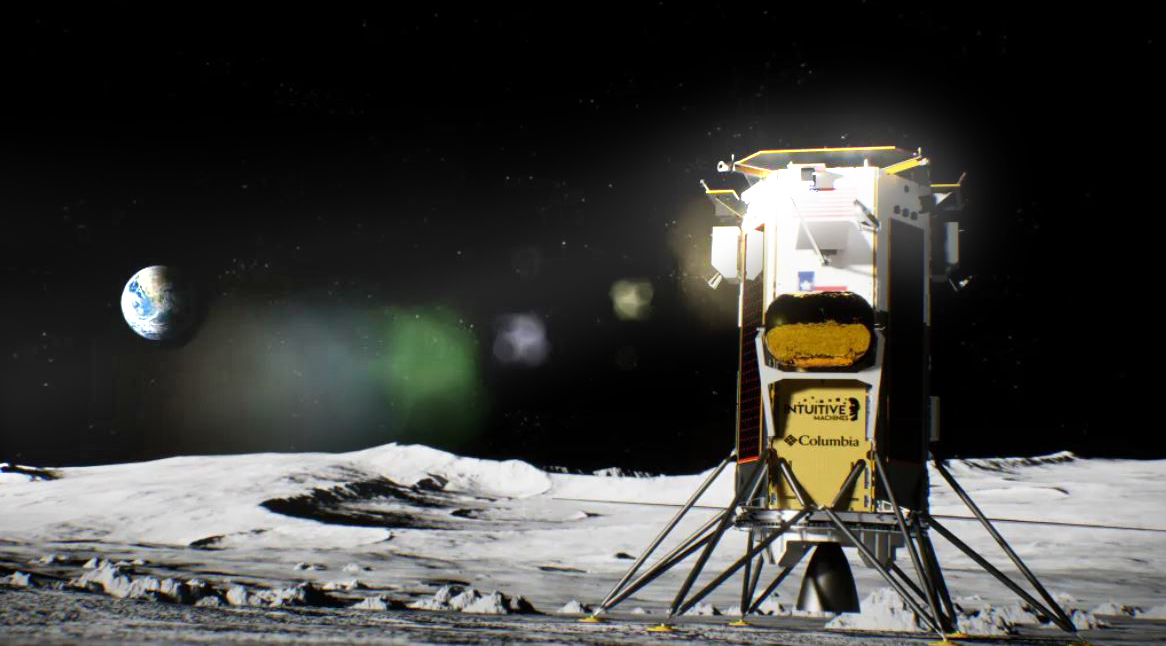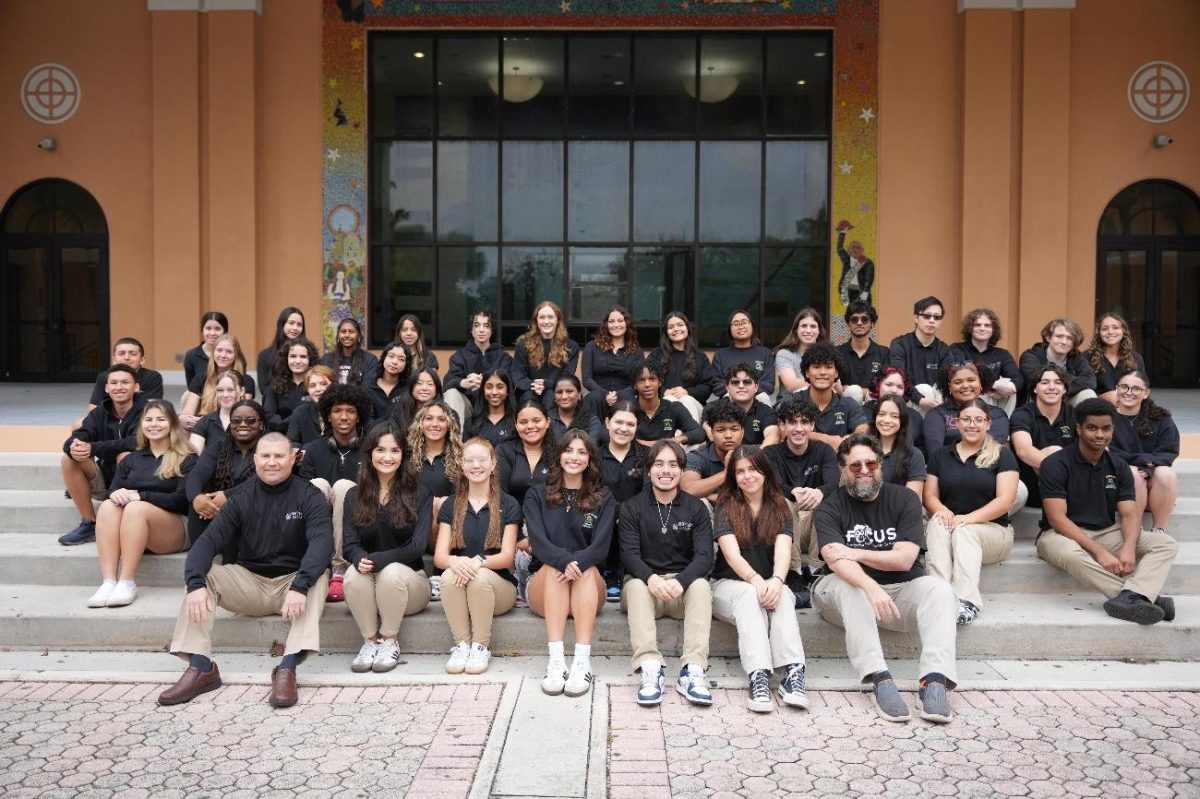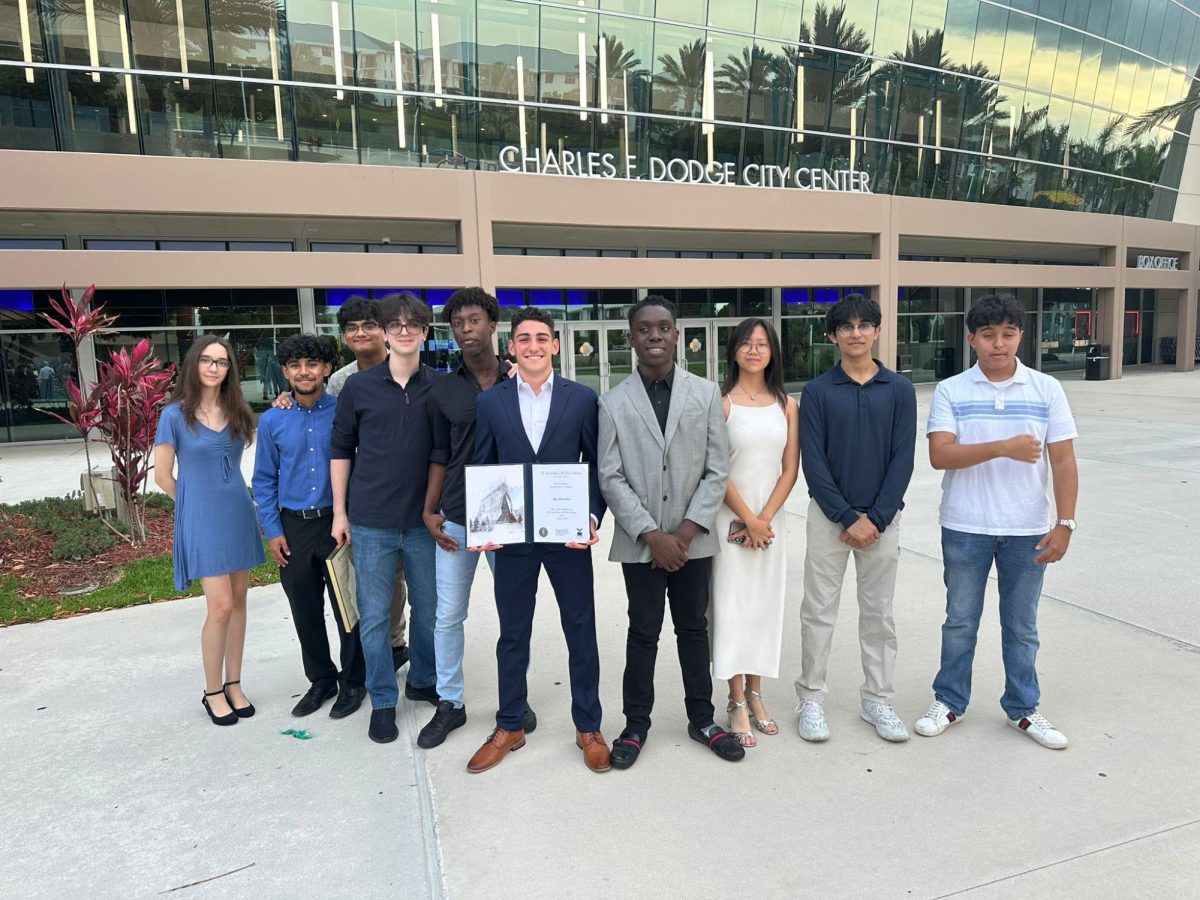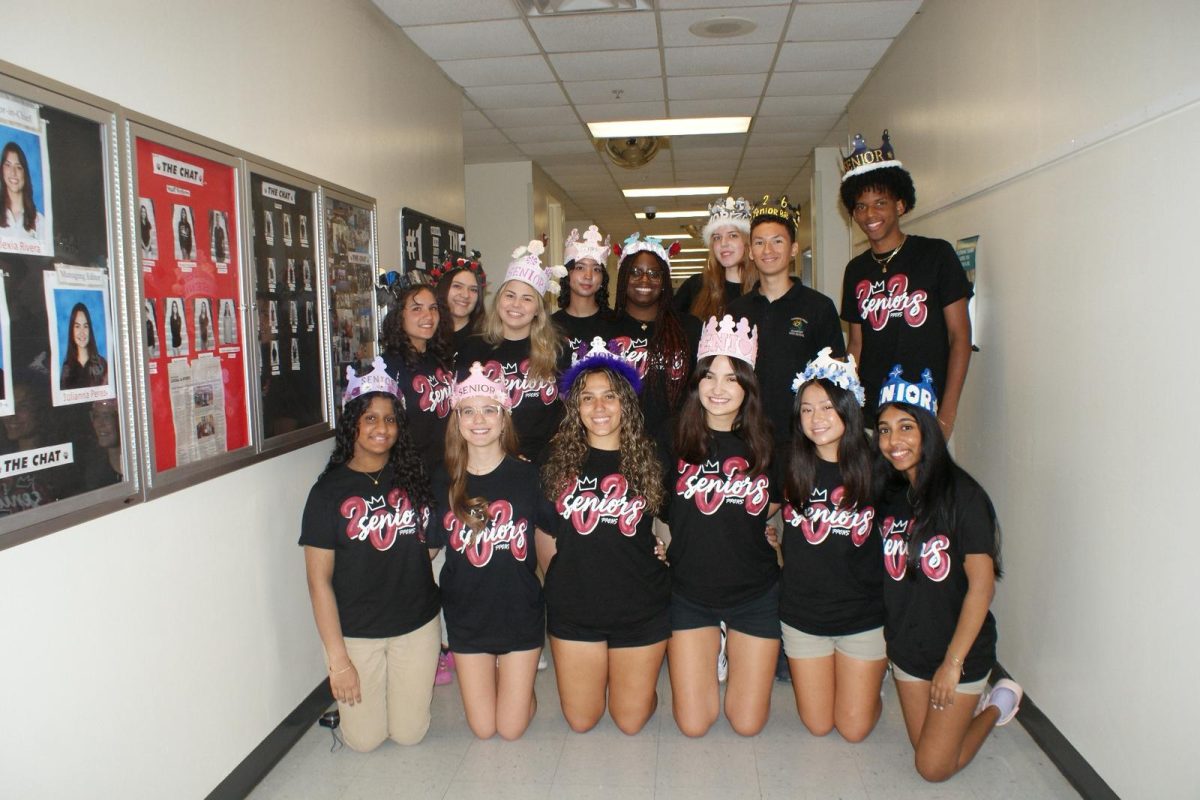Delicate engineering and precise mechanics, created by the Texas-based company Intuitive Machines, has officially landed on the moon after 50 years since the previous deplaning. Known as the Odysseus lunar lander, it stamped history for being the first successful mission of a commercial spacecraft after the recent failed mission in January.
This company in particular specializes in constructing these “small ‘payloads,’” and their goal is to remain successful in transporting their machinery to the surface of the moon. Obtaining this opportunity through receiving a large amount of money from a program known as the “Commercial Lunar Payload Services (CLPS).” These cargoes are crucial in achieving the intentions of the company’s expedition, whether it be through instruments or specialized equipment, they received a large amount of money to contribute to the necessities for the journey.
Releasing their vessel into the wild wasn’t a smooth ride though, once it landed a problem immediately surfaced. Watching through a joint webcast, there was nail-biting anxiety as they observed the spacecraft’s navigation system and waited for its bars to touch down on the new territory. With heightened nerves, engineers were required to be on call to situate and configure their untested work by the 11th hour. However, they anticipated the potential obstacle of the radio blacking out, which had to be re-established within the spacecraft for it to determine its current status and to start receiving data.
Retrieving only a faint single, it only confirmed the lander reaching the moon’s surface, yet left the question afloat as to its current condition and the spacecraft’s acclimatization; all according to the company’s webcast. What was delaying the transmission from the spacecraft’s antennas was its landing in the South Pole, making it a lengthier wait time until the images reached the Deep Space Network. As evening set, the spacecraft began its mission, as the Odysseus began sending data despite its weak signals.
News of this groundbreaking event reached PPCHS grounds who were intrigued by the recent successful mission after reading about the recent mishap. “It’s a great advancement not only because of the things [they’ll] find out on where [they] landed, but it’s also good to see how they can learn and recover since the explosion of the challenger,” explains junior Daniel Simmons.
The first week remains pivotal, as it’ll be the only week to fully capture data before the sun bids its farewell, which will remove the spacecraft’s energy source, its solar panels. In addition, the freezing temperatures would make data collection difficult, as it might affect the accuracy of the information. Now, astronauts are being prepared for upcoming Artemis missions, and they will be returning to the moon’s craters after 50 years.









